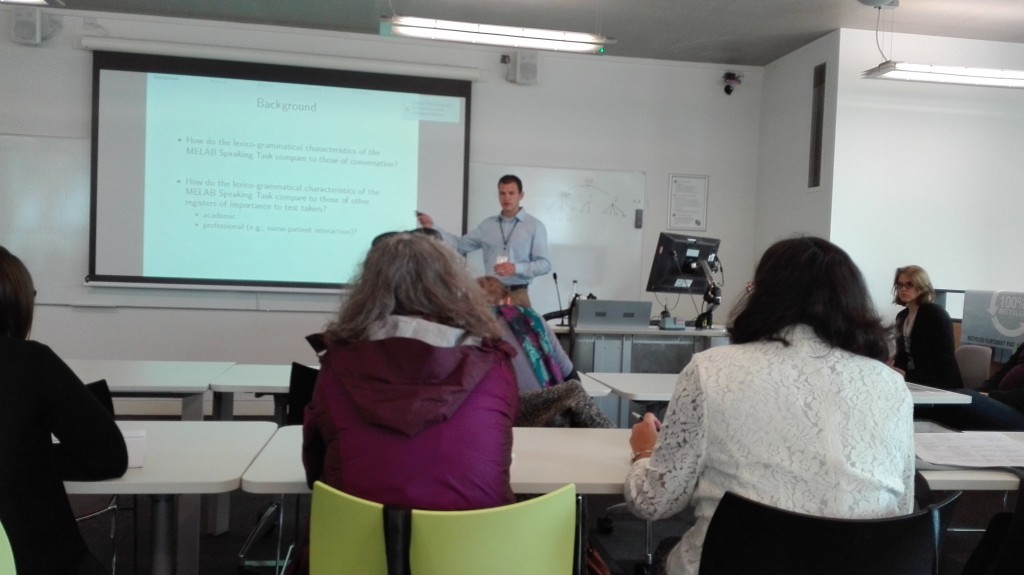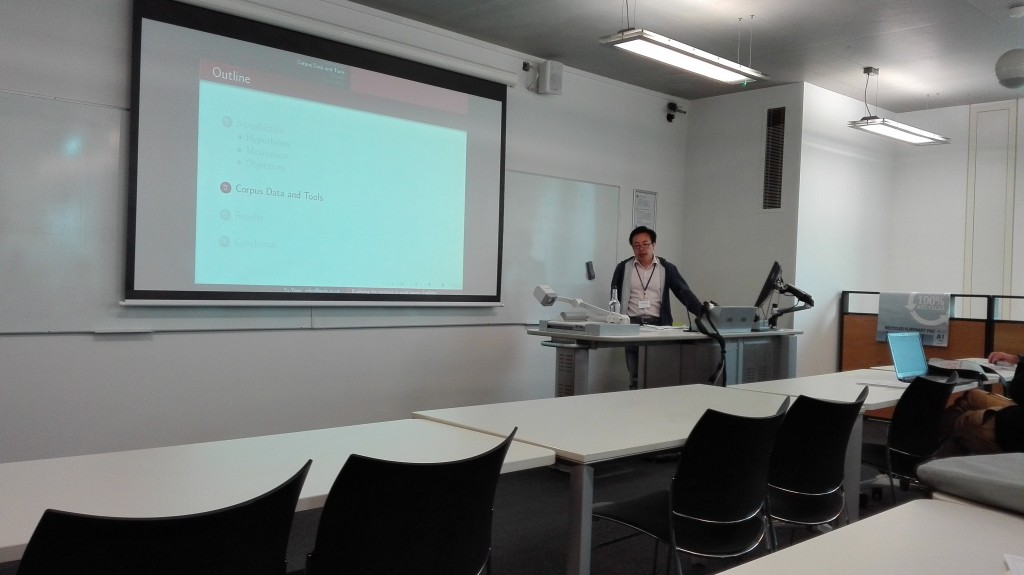The Multidimensional Analysis Tagger is a program for Windows that replicates Biber’s (1988) Variation across Speech and Writing tagger for the multidimensional functional analysis of English texts, generally applied for studies on text type or genre variation. The program can generate a grammatically annotated version of the corpus selected as well as the necessary statistics to perform a text-type or genre analysis. The program plots the input text or corpus on Biber’s (1988) Dimensions and determines its closest text type, as proposed by Biber (1989) A Typology of English Texts. Finally, the program offers a tool for visualising the Dimensions features of an input text.
Source:
https://andreanini.com/software/



